Laptop for V-Ray Render
🔗 All SoftwaresRendering, especially at photorealistic levels, is an intensive task for any system. Choosing the right laptop for V-Ray can mean the difference between waiting hours for a render or just a fraction of that time. Moreover, picking the right kit reduces the risk of crashes and ensures a seamless working experience.
Fortunately, to aid you in this quest, we have an exclusive algorithm that ranks laptops from the best to the least efficient, specifically for V-Ray use. Every laptop listed here not only meets but often exceeds the software’s minimum requirements, ensuring top-notch performance
Do you have a set budget? Filter by value:Smart Similar FiltersRecommended Laptops for V-Ray
- AMD Ryzen 7 7735HS ℹ
- 16GB RAM
- GeForce RTX 4060 8GB ℹ
- 512GB SSD
- 15.6" 144hz (1920 x 1080) IPS
- Windows 11
 Games
Games  Video Editor
Video Editor Architeture
Architeture Design
Design Programming
Programming
Cost-benefit: 35.867836035081/10
- Intel Core i5-12450H ℹ
- 8GB RAM
- GeForce RTX 4050 6GB ℹ
- 512GB SSD
- 15.6" 144hz (1920x1080) IPS
- Windows 11
 Games
Games  Video Editor
Video Editor Architeture
Architeture Design
Design Programming
Programming
Cost-benefit: 10/10
- Intel Core i5-1240P ℹ
- 8GB RAM
- GeForce RTX 3050 Ti 4GB ℹ
- 512GB SSD
- 15.6" 60Hz (1920x1080) IPS
- Windows 11
 Games
Games  Video Editor
Video Editor Architeture
Architeture Design
Design Programming
Programming
Cost-benefit: 9.7/10
- Core i5-11400H ℹ
- 8GB RAM
- GeForce RTX 3050 4GB ℹ
- 512GB SSD
- 15.6" 144 Hz (1920 x 1080) IPS
- Windows 11
 Games
Games  Video Editor
Video Editor Architeture
Architeture Design
Design Programming
Programming
Cost-benefit: 9.5/10
- AMD Ryzen 5 5600U ℹ
- 8GB RAM
- GeForce RTX 3050 4GB ℹ
- 512GB SSD
- 14" 60hz (1920x1080) IPS
- Windows 11
 Games
Games  Video Editor
Video Editor Architeture
Architeture Design
Design Programming
Programming
Cost-benefit: 8.4/10
- Intel Core i5-11300H ℹ
- 8GB RAM
- GeForce RTX 3050 4GB ℹ
- 512GB SSD
- 15.6" 120hz (1920x1080) IPS
- Windows 11
 Games
Games  Video Editor
Video Editor Architeture
Architeture Design
Design Programming
Programming
Cost-benefit: 9.5/10
- AMD Ryzen 5 5600H ℹ
- 16GB RAM
- Radeon Ryzen 5 5600H ℹ
- 512GB SSD
- 16" 60hz ( 1920x1200) IPS
- Windows 11
 Games
Games  Video Editor
Video Editor Architeture
Architeture Design
Design Programming
Programming
Cost-benefit: 9.3/10
- Intel Core i5-1235U ℹ
- 16GB RAM
- Intel Iris Xe Graphics ℹ
- 512GB SSD
- 15.6" 60hz (1920x1080) IPS
- Windows 11
 Games
Games  Video Editor
Video Editor Architeture
Architeture Design
Design Programming
Programming
Cost-benefit: 9/10
- Intel Core i7-1355U ℹ
- 8GB RAM
- Intel Iris Xe ℹ
- 512GB SSD
- 14" 60 (1920 x 1200 Touch) IPS
- Windows 11
 Games
Games  Video Editor
Video Editor Architeture
Architeture Design
Design Programming
Programming
Cost-benefit: 7.8/10
- Intel Core i5-1155G7 ℹ
- 16GB RAM
- Intel Iris Xe Graphics ℹ
- 512GB SSD
- 15.6" 60hz (1920 x 1080 ) IPS
- Windows 11
 Games
Games  Video Editor
Video Editor Architeture
Architeture Design
Design Programming
Programming
Cost-benefit: 8.7/10
- Intel Core i5-1135G7 ℹ
- 16GB RAM
- Intel Iris Xe ℹ
- 512GB SSD
- 15.6" 60 Hz (1920 x 1080) IPS
- Windows 11
 Games
Games  Video Editor
Video Editor Architeture
Architeture Design
Design Programming
Programming
Cost-benefit: 8.4/10
- AMD Ryzen 3 5425U ℹ
- 32GB RAM
- Radeon Ryzen 3 5425U ℹ
- 512GB SSD
- 15.6" 60hz (1920 x 1080) IPS
- Windows 11
 Games
Games  Video Editor
Video Editor Architeture
Architeture Design
Design Programming
Programming
Cost-benefit: 7.8/10
 V-Ray
V-Ray

Current Requirements for V-Ray
Before we delve into our top recommendations, let’s understand V-Ray’s prerequisites:
Processor (CPU):
- Intel* 64, AMD64, or a compatible processor with SSE4.2 support.
RAM:
- Minimum: 8 GB
- Recommended: 16 GB
Hard Disk Space:
- Minimum: 2 GB
- Recommended: 12 GB (includes additional downloadable content)
TCP/IP:
- Only IPv4 is supported. IPv6 is currently not supported.
Operating System:
- Windows 10, Windows 11
GPU Support:
- NVIDIA GPUs of the Maxwell generation or newer with the latest recommended video driver (for both CUDA and RTX-enabled cards).
- V-Ray Vision requires a graphics card that supports DirectX 11 or DirectX 12 and Shader Model 5.0.
Diving Deeper into Specifications
For those new to the world of V-Ray, or veterans looking to refresh their understanding, here’s a detailed rundown of why these specs matter:
The Centrality of the CPU and GPU:
V-Ray is quite flexible, offering both CPU-based and GPU-accelerated rendering. A sturdy CPU is essential for multi-core demanding tasks, while a robust GPU is paramount for accelerated renderings, especially when dealing with intricate textures and advanced lighting.
RAM: The Heart of Efficiency:
When it comes to rendering, RAM is the key to keeping everything ticking over efficiently. Complex scenes with a plethora of materials, textures, and lights eat up memory. Investing in a good amount of RAM ensures your system doesn’t lag or freeze.
Storage: Speed is Key:
Having an SSD is crucial. With the growing complexity of projects and the need to swiftly access vast amounts of data, an SSD ensures there are no bottlenecks.
Conclusion
V-Ray is a powerful tool that deserves the best hardware possible. Investing in a well-equipped laptop now means faster renderings, less downtime, and ultimately, greater satisfaction in your workflow. Remember, every second saved on rendering is a second you can spend refining your project or enjoying some well-deserved rest.









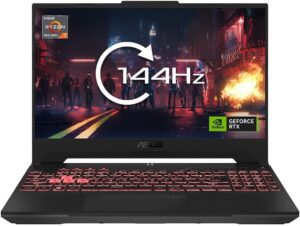
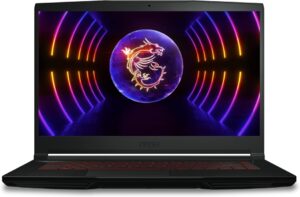
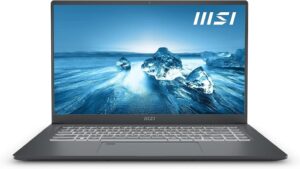
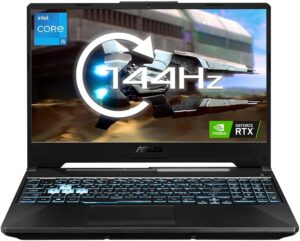
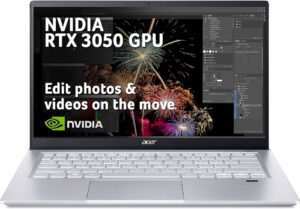
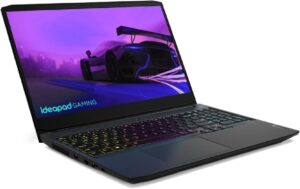
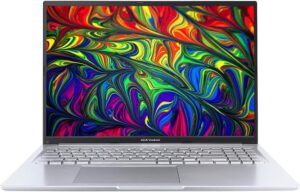
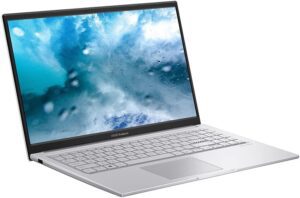
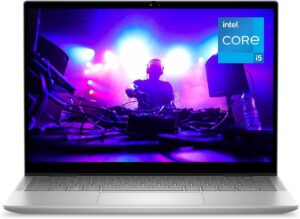
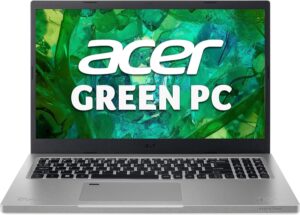
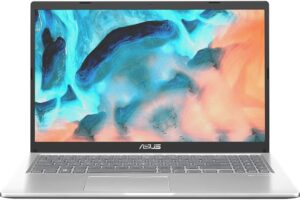
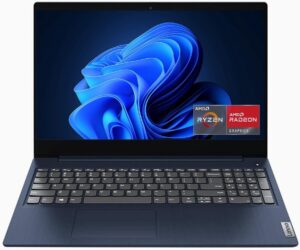
 V-Ray
V-Ray